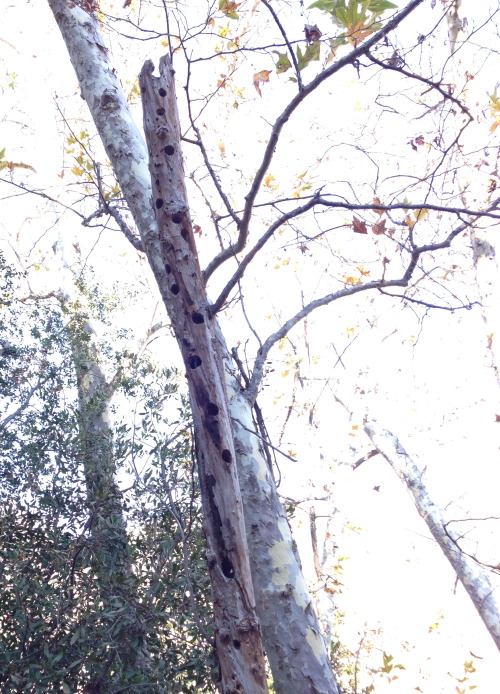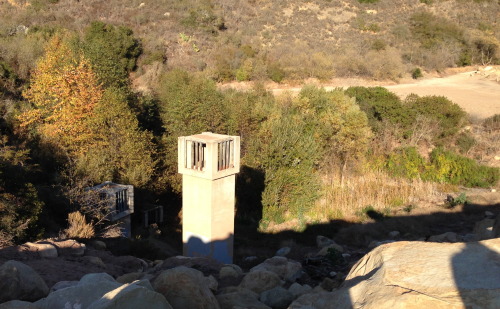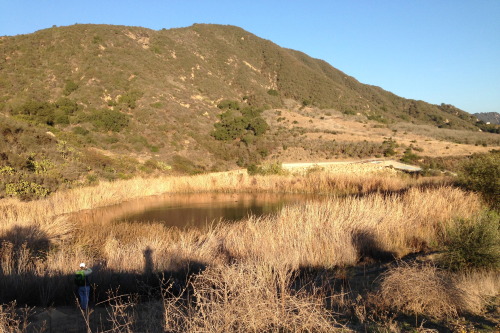anonsally replied to your post “Today we are going birdwatching. I mean, more than usual.” …
Friday, December 20th, 2019anonsally
replied to your post “Today we are going birdwatching.
I mean, more than usual.”
post a report!
We came, we saw, we listed.
The final tally for the 11th annual Carpinteria CBC was 155 species found by roughly 75 humans. That’s 3 species short of our all-time high of 158, and quite respectable, I think, given that our pelagic excursion was cancelled due to gale warnings in the Santa Barbara Channel and the afternoon sweep-up-the-birds crew was hampered by the strong winds.
It was my second year running things, and I learned a lot (again). I’m kicking myself about some of the common species we missed: no Rock Wren, no Red-winged Blackbird, no Sanderling, no Dunlin. If I’d done a better job of organizing we could have beaten our record.
But there were some definite highlights. I hiked up Romero Canyon in the dark and recorded the vocalizations of our only Western Screech Owl, and then, just as it was getting light, made a recording of (mostly) wind noise through which you can faintly hear the toots of our only Northern Pygmy-Owl.
Mario hiked up the Franklin Trail before sunrise and got what I believe is only the second Green-tailed Towhee reported in the county this year. (I’m heading up there tomorrow to see if it’s still there.) Patrick, birding on private property on the northern edge of the Carpinteria valley, got the first Painted Redstart recorded in Santa Barbara County in years. Craig and Jenny delivered the Costa’s Hummingbird they’d had staked out for weeks, and Glenn got the Northern Waterthrush in Carp Creek.
And the compilation dinner was fun. My partner in crime organized catered Italian food, which was yummy, and everyone seemed to enjoy themselves.
I’m glad it’s done for the year; organizing 75 birdwatchers to do a 15-mile-diameter big day is no joke, at least for an introvert like me. But it’s also kind of exhilarating to be part of a one-day effort on that scale. I’m doing two more CBC’s this cycle; Cachuma on 12/27 and Santa Barbara on ¼. But those are just birdwatching solo, which is pure fun; someone else has to do the work. :-)
Reposted from https://lies.tumblr.com/post/189783505156.





